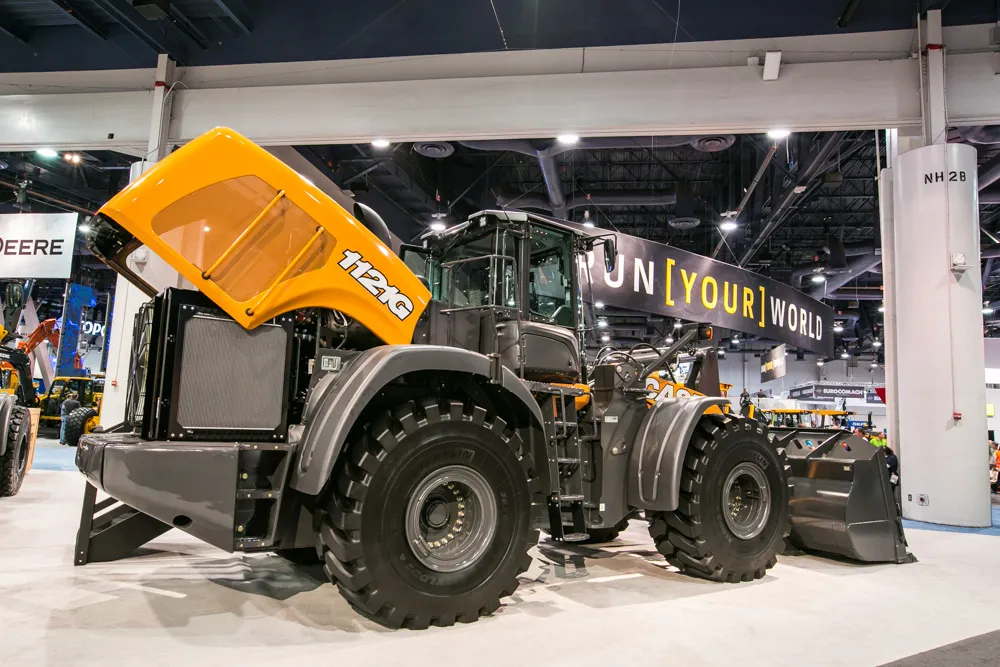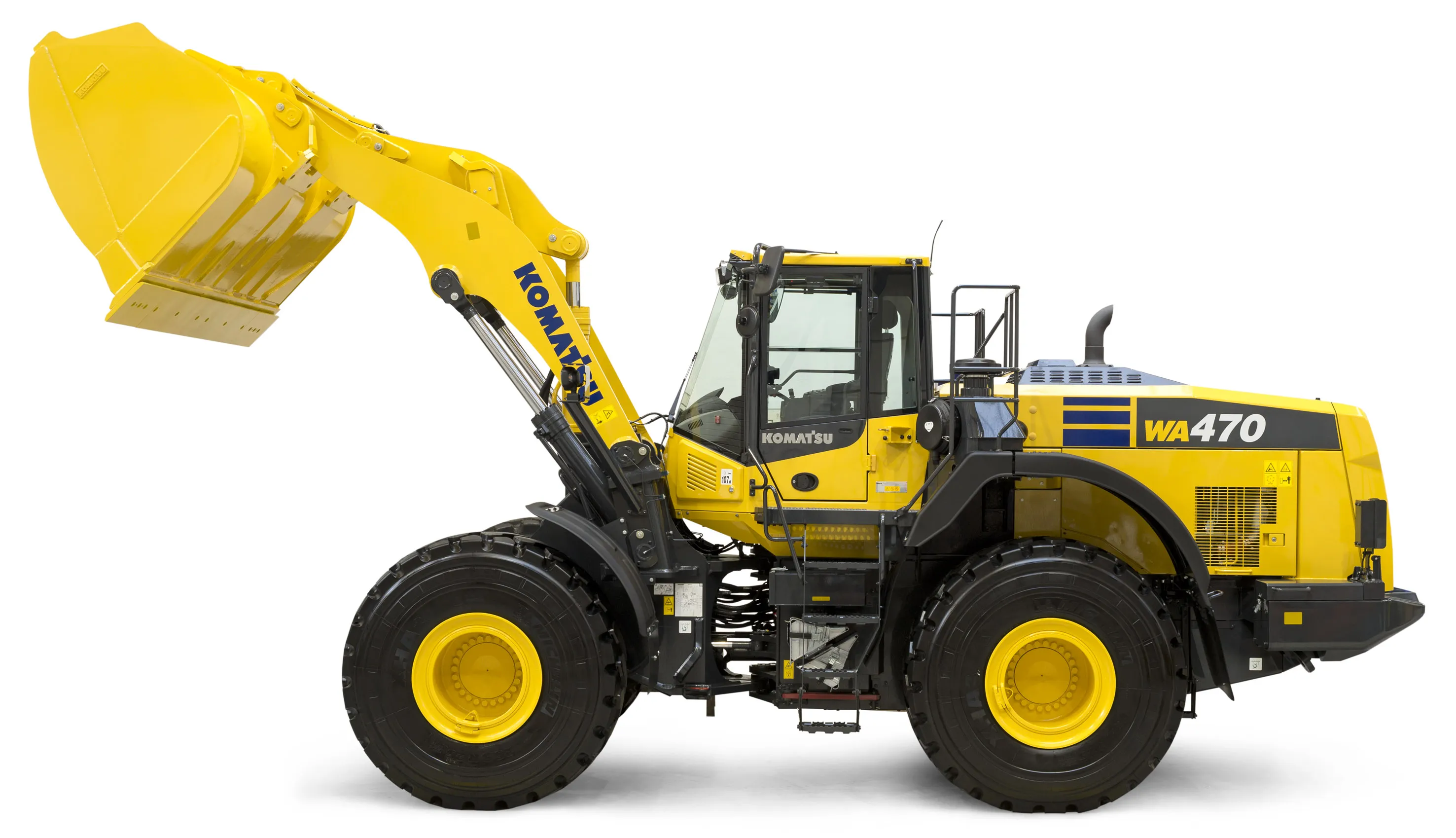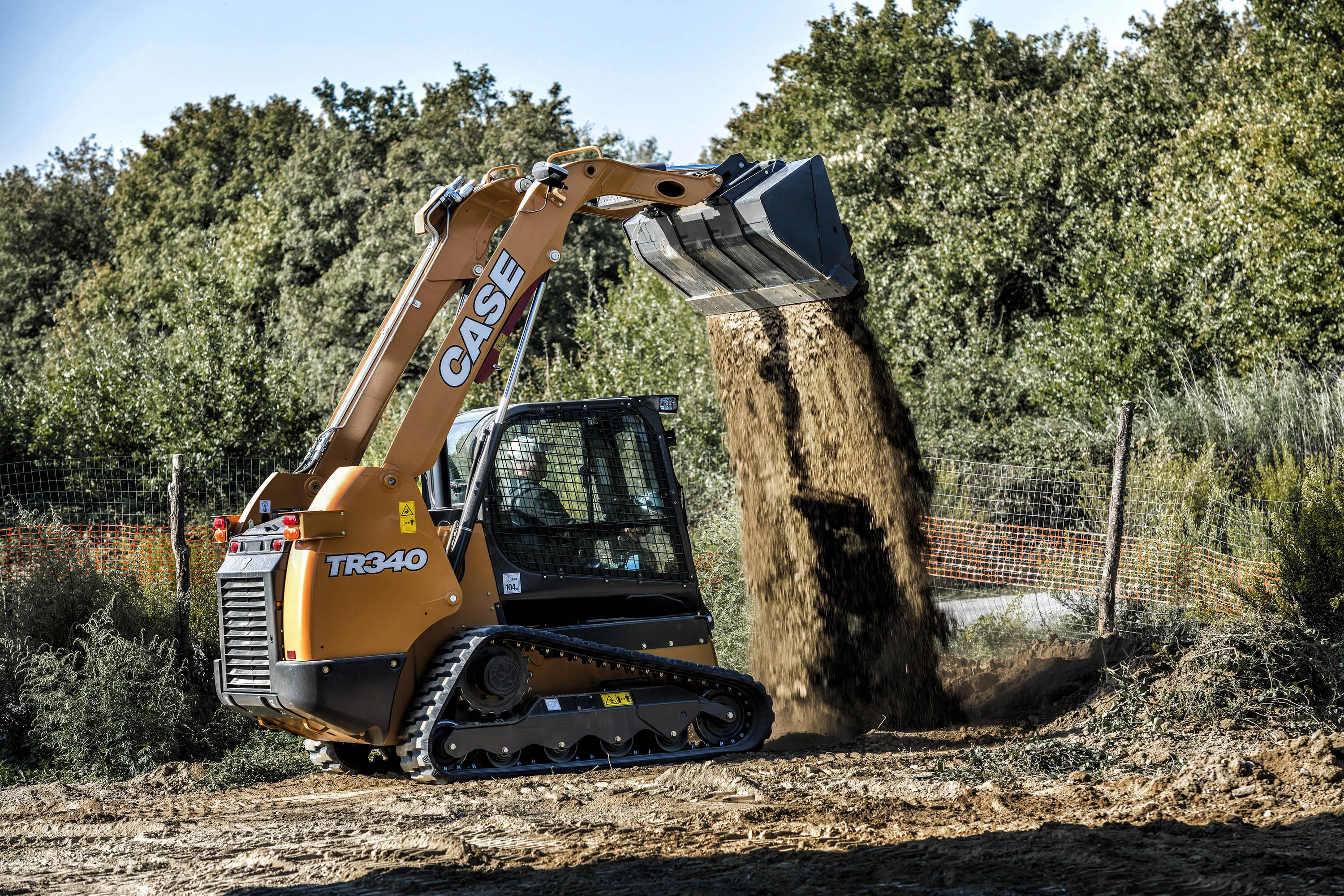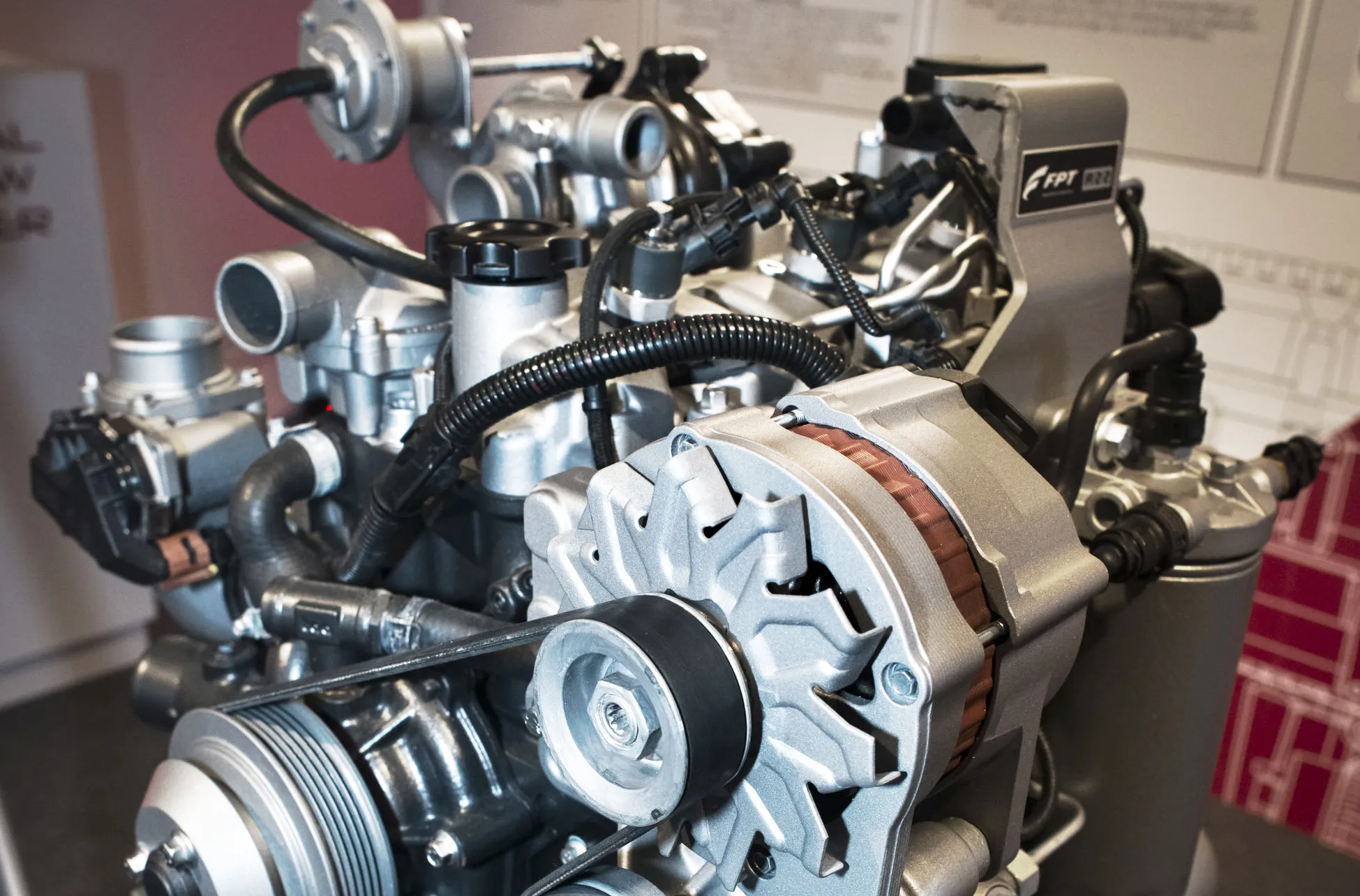
Introduced at the CONEXPO-CON/AGG 2017 exhibition, the seven-model range offers power outputs from 106-259kW and standard bucket sizes of 1.65-4.9m3.
The loaders have been designed for sale in all markets, with customers able to select suitable engines for local emissions requirements.
New hydraulics and electronic controls optimise performance, while the engines are said to be highly responsive as well as being fuel-efficient. According to Case CE, the loaders offer a significantly lower cost/tonne than the models they replace.
Case CE vice president for North America Scott Harris said: “We focused heavily on technology to lower the cost of ownership. Productivity, efficiency, reliability, ease of operation and easy maintenance are all key benefits.” Four operating modes improve efficiency in a range of applications while the Case ProCare package is said to minimise operating costs. Offered as standard as a three-year package, ProCare offers the latest telematics technology to make fleet maintenance more efficient. And the ProCare package is said to allow the customer to manage running costs more effectively.








